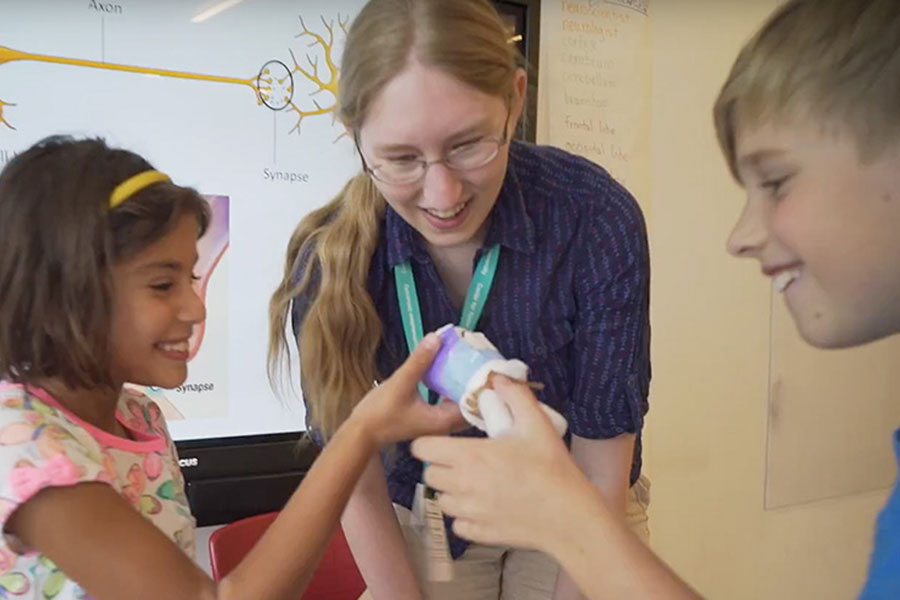Online Educator Insights: All I Want to do is Zoom a Zoom Zoom
By Caroline Viglia
Does anyone really like change? We may say we do, but in actuality, many of us like to stick to routines and teach curriculums that are familiar to us. The closing of schools has created unexpected chaos, and our structured teaching environments have been upended. Little did we know that this virus would change the world of teaching and require us to become even more flexible.
Fortunately, I work in a district that provides one-to-one technology, and all staff were provided with Zoom accounts to host virtual class sessions. Thankfully, this software is pretty easy for any teacher to incorporate, even those who do not feel technologically proficient. I decided to take advantage of Zoom because it allows me the flexibility to interact with my students as I teach math, literature, and grade during sessions. It also allows me to use other tools simultaneously. I can screenshare programs such as Nearpod, which affords the opportunity to teach live lessons. Students can respond to open-ended questions, polls, or quizzes and watch videos throughout our time together. I actually teach and engage the students, much like I would in our classroom.
I have learned much in the last few weeks, and I gladly share my discoveries with other educators. First, before you begin videoconferencing, or “Zooming”, send out permission slips to parents and host a Zoom meeting to explain how online learning works. I reviewed Google Classroom, Forms, Clever, IXL, Common Lit, and all other online sites that I planned to use. If you have parents that speak a language other than English, host a session to accommodate their needs, if possible. Everyone needs to be on the same page about what to do and expect. Also, be sure to address safety and security for videoconferencing, and make sure you know best practices.
Another tip is to schedule sessions with smaller groups of 6-9 students. We are working asynchronously (Learning anytime, anywhere), so I schedule my groups throughout the day, and at a time, which suits their needs. The late risers attend sessions after noon, for example. Expect meetings to last 10-15 minutes in the beginning. At first they can be awkward as students figure out the online norms and routines. Now that we are more comfortable with Zoom, sessions last 30-50 minutes. I schedule Zoom sessions twice a week on Tuesdays and Thursdays, so students can see their classmates throughout the week. I do try to change the groups up some so that they all get to see each other.
Establishing rules in the beginning such as raising their hands to speak is necessary. It becomes overwhelming if everyone talks at once. In addition, I ask that everyone be dressed appropriately for school and try their best to be in a quiet environment. Of course, I have to allow for some exceptions. Little brothers and sisters may be in the background trying to see what is going on. Grandma might show up on the screen wondering to whom they are talking and if it is school related or not. This actually happened. Make sure to ask students questions directly to ensure that they are all participating and have a chance to share.
It is a new world online, but virtual sessions can make it rich with discussion, hands-on activity, creativity, and interactions. I am amazed at what I have seen and learned. Because of our resilience, we have adapted quickly to a style of teaching we never imagined. I am confident we will acclimate and weather this storm. Hold on and enjoy the ride. Onward and upward!
Caroline Viglia is a veteran teacher with over 17 years of experience. She currently teaches grade 6 self-contained gifted classes in Kankakee, Illinois.

